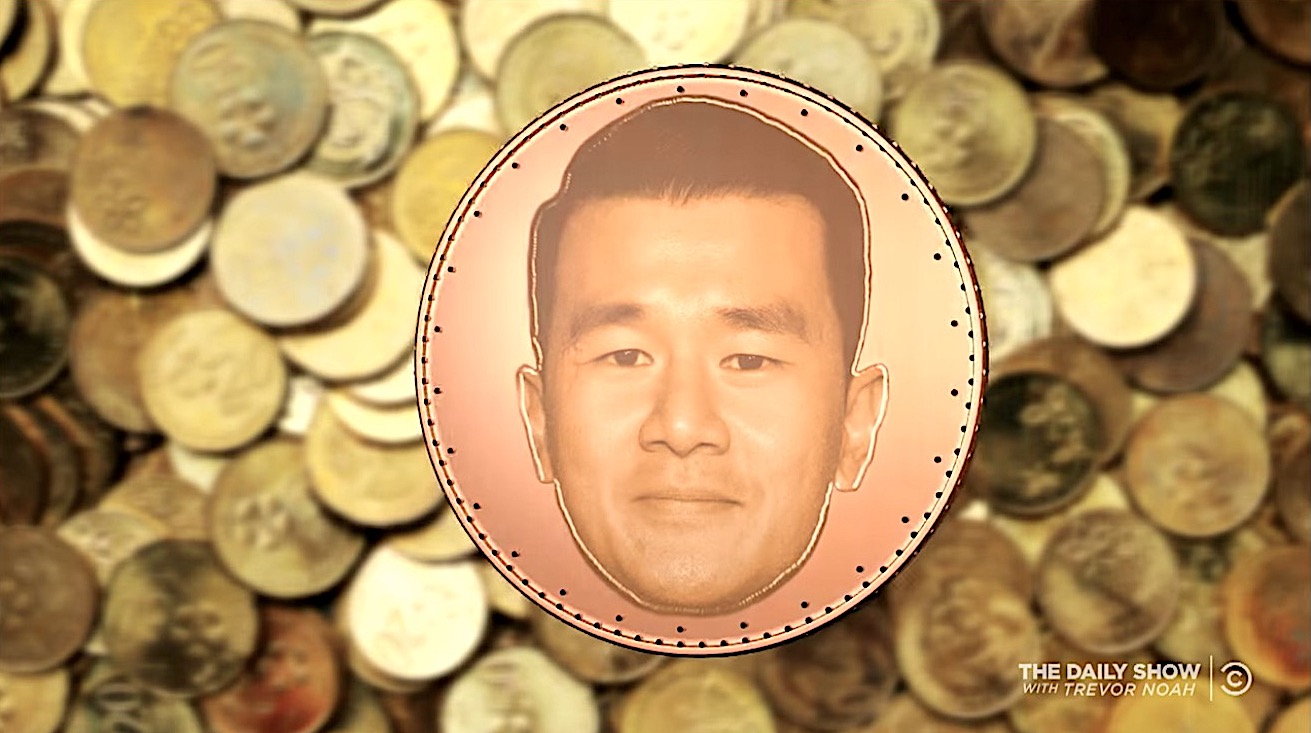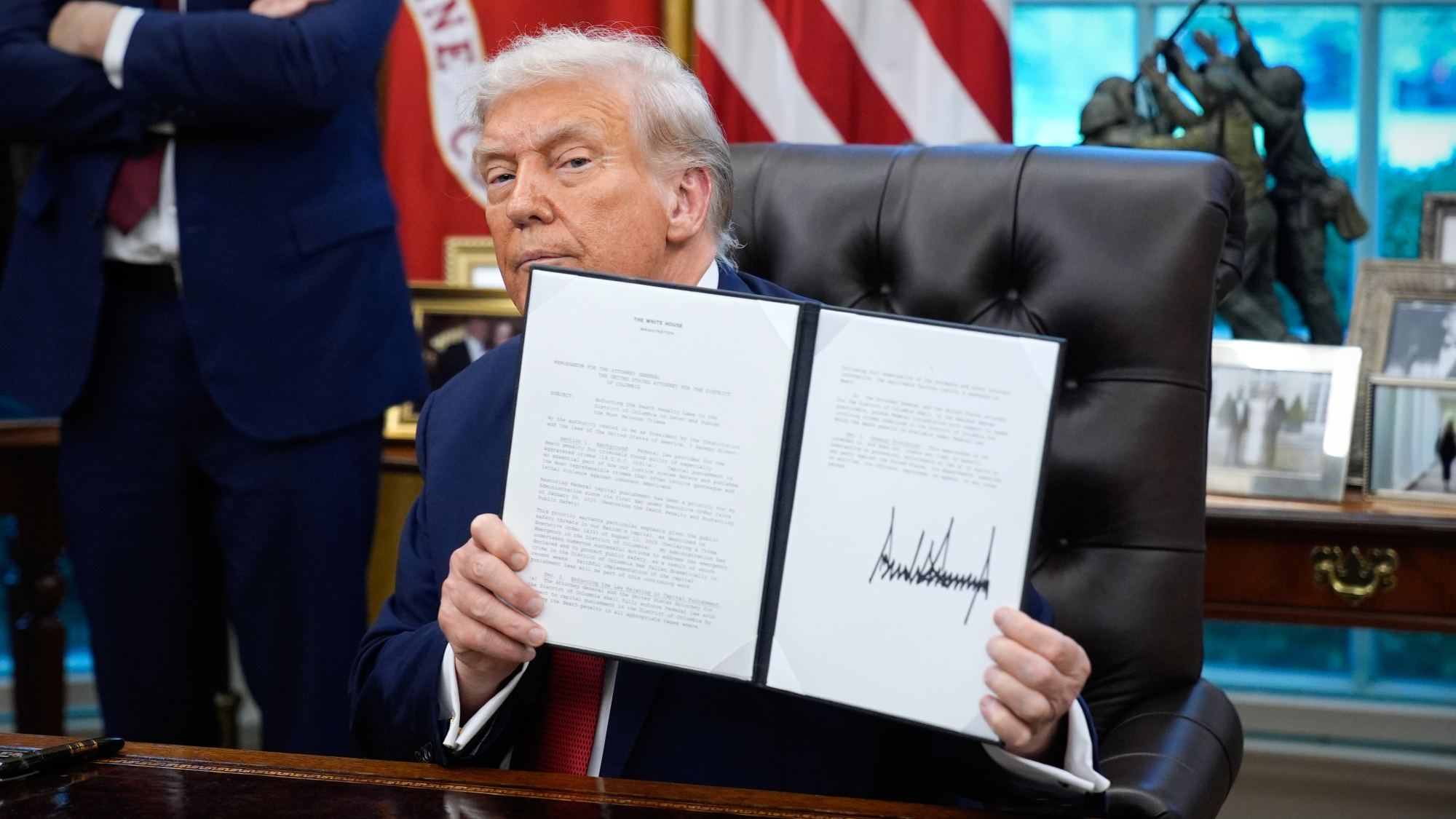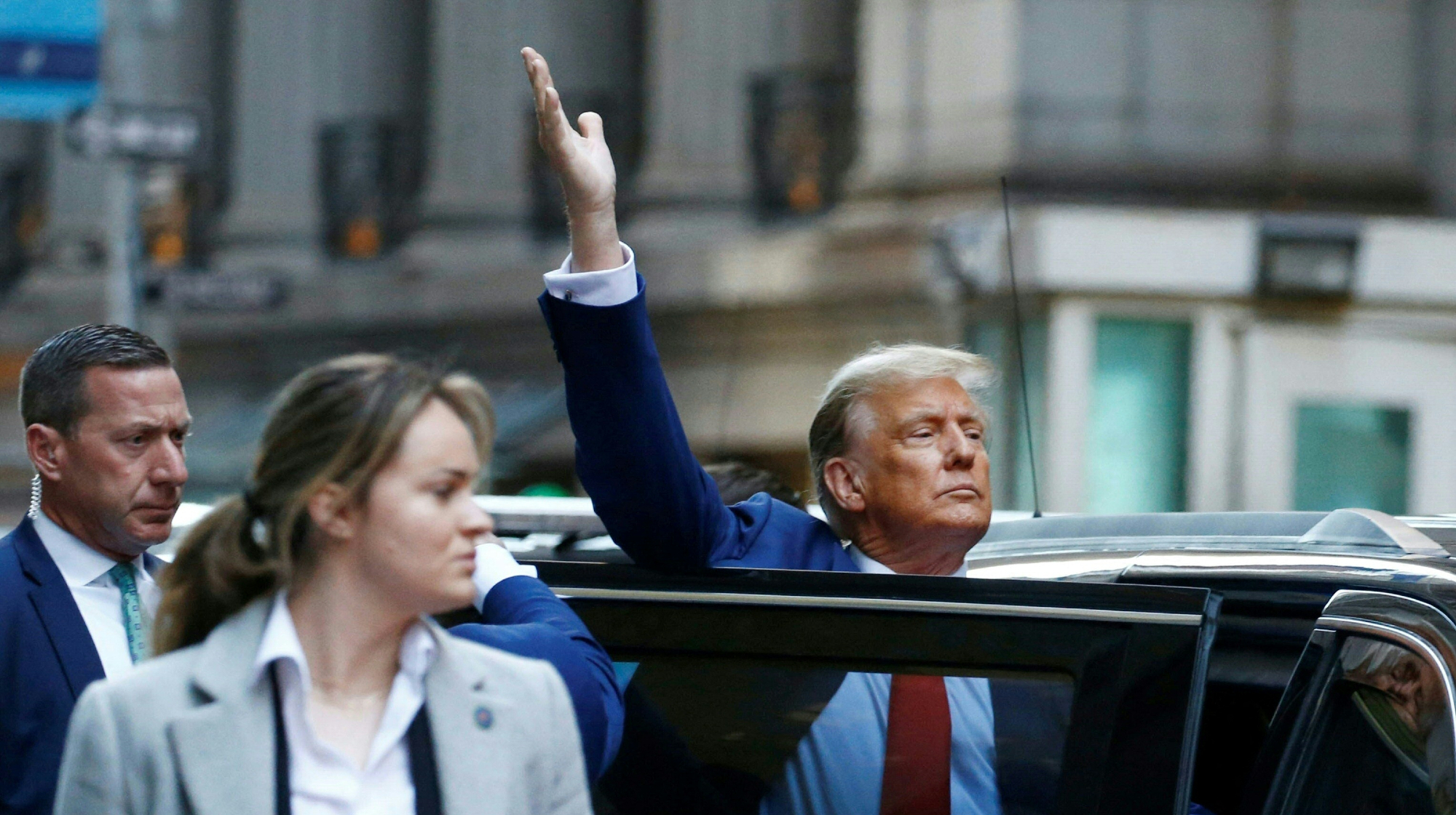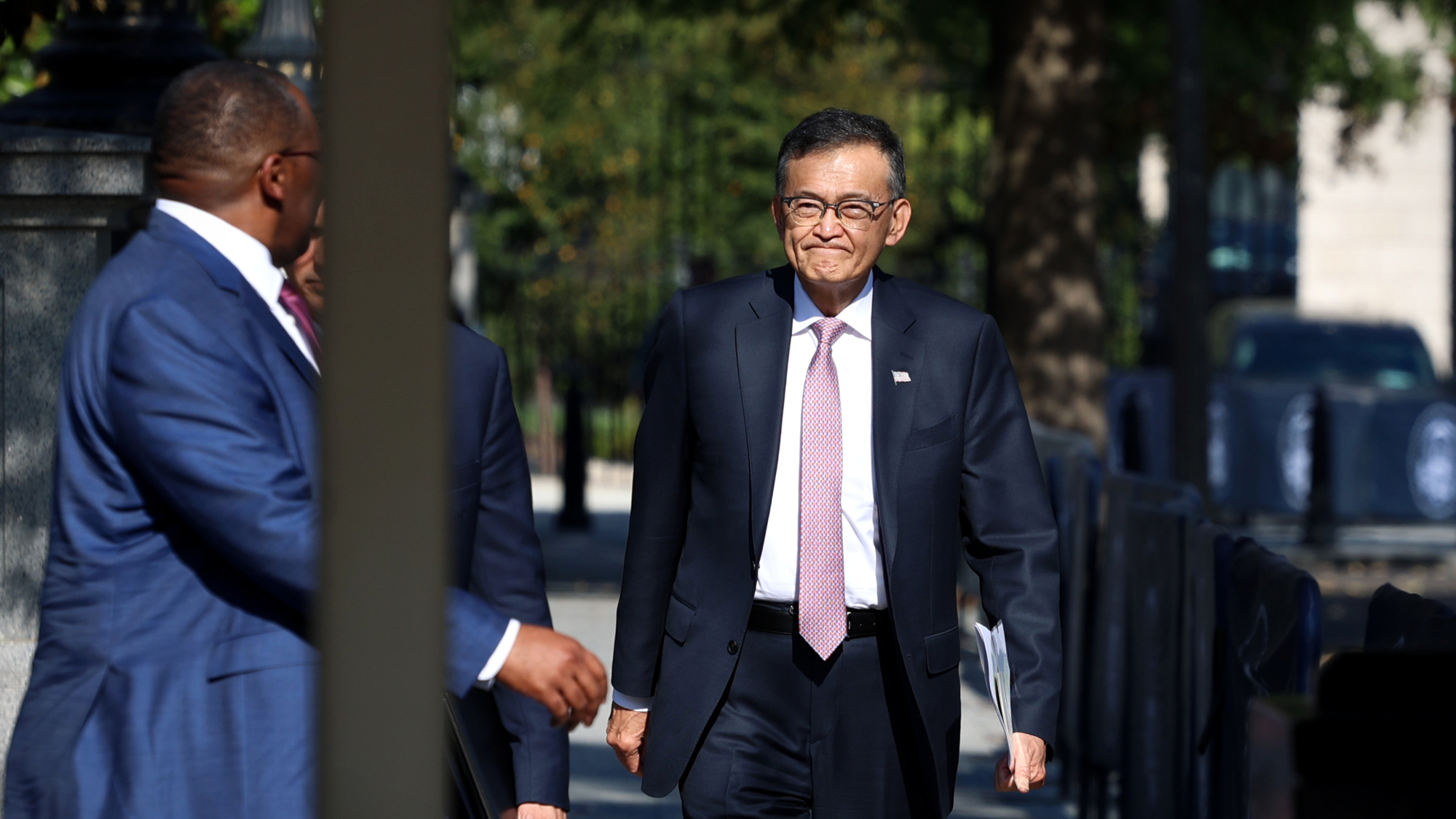The Daily Show seriously tries to explain bitcoin and other 'stupid meme currencies'


Bitcoin's heady rise into the financial ether hit some turbulence this week, as the world's largest cryptocurrency dropped 30 percent in five days, from nearly $20,000 a coin to about $13,000 on Friday. If the mention of blockchains and cryptocurrencies makes your eyes glaze over, The Daily Show's Ronny Chieng might have the explainer for you, starting with the big question: "Is this some fake s--t that some f---ing nerds made up on the internet to steal our money, or is it the future of finance?" The answer might be: both.
Chieng interviewed the co-founders of two cryptocurrencies, Ethereum — No. 2, behind bitcoin — and Dogecoin, a "stupid meme currency" that is nevertheless "worth almost $400 million," he noted. But first he took a bubble bath. "Does cryptocurrency make you feel angry and confused? Well it should," Chieng said, necking champagne in a bathtub overlooking Manhattan, like in The Big Short. Cryptocurrencies, he explained, are a way to conduct financial transactions online without a middleman like PayPal taking a cut, and minimizing the risk of theft by recording each transaction in a public ledger called a blockchain.
But in the end, a cryptocurrency like Ethereum is "based on faith" in its blockchain, Ethereum's Joe Lubin explained. "When you get enough people believing in cryptocurrency, then you can snowball into something that a society actually deems valuable, like the U.S. dollar." Chieng decided that if money isn't real, he might as well make his own cryptocurrency, ChiengCoin. That took all of 10 minutes, but he highlighted the faith problem when he tried to use it. Watch and (maybe) learn below. Peter Weber
The Week
Escape your echo chamber. Get the facts behind the news, plus analysis from multiple perspectives.

Sign up for The Week's Free Newsletters
From our morning news briefing to a weekly Good News Newsletter, get the best of The Week delivered directly to your inbox.
From our morning news briefing to a weekly Good News Newsletter, get the best of The Week delivered directly to your inbox.

A free daily email with the biggest news stories of the day – and the best features from TheWeek.com
Peter has worked as a news and culture writer and editor at The Week since the site's launch in 2008. He covers politics, world affairs, religion and cultural currents. His journalism career began as a copy editor at a financial newswire and has included editorial positions at The New York Times Magazine, Facts on File, and Oregon State University.
-
 The ultimate films of 2025 by genre
The ultimate films of 2025 by genreThe Week Recommends From comedies to thrillers, documentaries to animations, 2025 featured some unforgettable film moments
-
 Political cartoons for January 3
Political cartoons for January 3Cartoons Saturday's political cartoons include citizen journalists, self-reflective AI, and Donald Trump's transparency
-
 Into the Woods: a ‘hypnotic’ production
Into the Woods: a ‘hypnotic’ productionThe Week Recommends Jordan Fein’s revival of the much-loved Stephen Sondheim musical is ‘sharp, propulsive and often very funny’
-
 TikTok secures deal to remain in US
TikTok secures deal to remain in USSpeed Read ByteDance will form a US version of the popular video-sharing platform
-
 Unemployment rate ticks up amid fall job losses
Unemployment rate ticks up amid fall job lossesSpeed Read Data released by the Commerce Department indicates ‘one of the weakest American labor markets in years’
-
 US mints final penny after 232-year run
US mints final penny after 232-year runSpeed Read Production of the one-cent coin has ended
-
 Warner Bros. explores sale amid Paramount bids
Warner Bros. explores sale amid Paramount bidsSpeed Read The media giant, home to HBO and DC Studios, has received interest from multiple buying parties
-
 Gold tops $4K per ounce, signaling financial unease
Gold tops $4K per ounce, signaling financial uneaseSpeed Read Investors are worried about President Donald Trump’s trade war
-
 Electronic Arts to go private in record $55B deal
Electronic Arts to go private in record $55B dealspeed read The video game giant is behind ‘The Sims’ and ‘Madden NFL’
-
 New York court tosses Trump's $500M fraud fine
New York court tosses Trump's $500M fraud fineSpeed Read A divided appeals court threw out a hefty penalty against President Trump for fraudulently inflating his wealth
-
 Trump said to seek government stake in Intel
Trump said to seek government stake in IntelSpeed Read The president and Intel CEO Lip-Bu Tan reportedly discussed the proposal at a recent meeting
